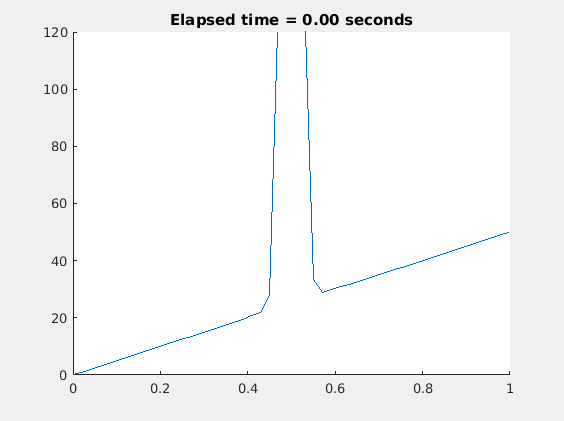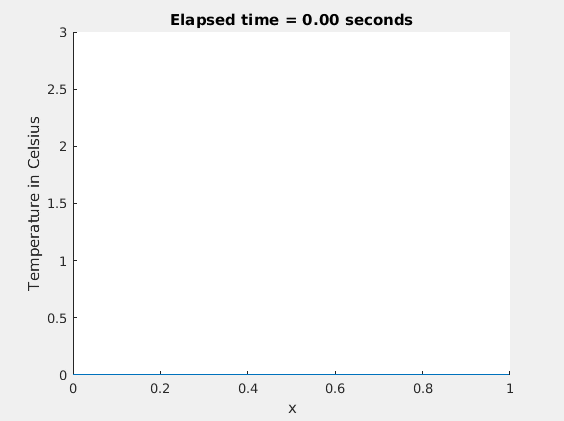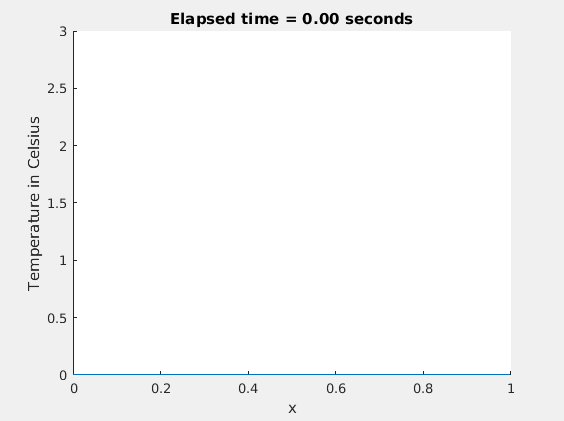Preface
This section concerns other heat transfer problems.
Return to computing page for the first course APMA0330
Return to computing page for the second course APMA0340
Return to Mathematica tutorial for the first course APMA0330
Return to Mathematica tutorial for the second course APMA0340
Return to the main page for the first course APMA0330
Return to the main page for the second course APMA0340
Return to Part VI of the course APMA0340
Introduction to Linear Algebra with Mathematica
Glossary
Other heat transfer problems
In this section, we show how the separation of variables method can be extended for inhomogeneous equations and nonuniform boundary conditions.
Diffusion equation with nonhomogeneous boundary conditions


Inhomogeneous heat equation with homogeneous boundary conditions

Let u(x, t) denote the solution of the heat equation subject to the initial condition:
Example: Consider a one-dimensional heat equation
- Gonzalez-Velasco, E., The existence of a steady state solution for a type of parabolic boundary value problem, International Journal of Mathematical Education in Science and Technology, 1988, Vol. 19, No. 3, pp. 413--419. https://doi.org/10.1080/0020739880190307
Return to Mathematica page
Return to the main page (APMA0340)
Return to the Part 1 Matrix Algebra
Return to the Part 2 Linear Systems of Ordinary Differential Equations
Return to the Part 3 Non-linear Systems of Ordinary Differential Equations
Return to the Part 4 Numerical Methods
Return to the Part 5 Fourier Series
Return to the Part 6 Partial Differential Equations
Return to the Part 7 Special Functions